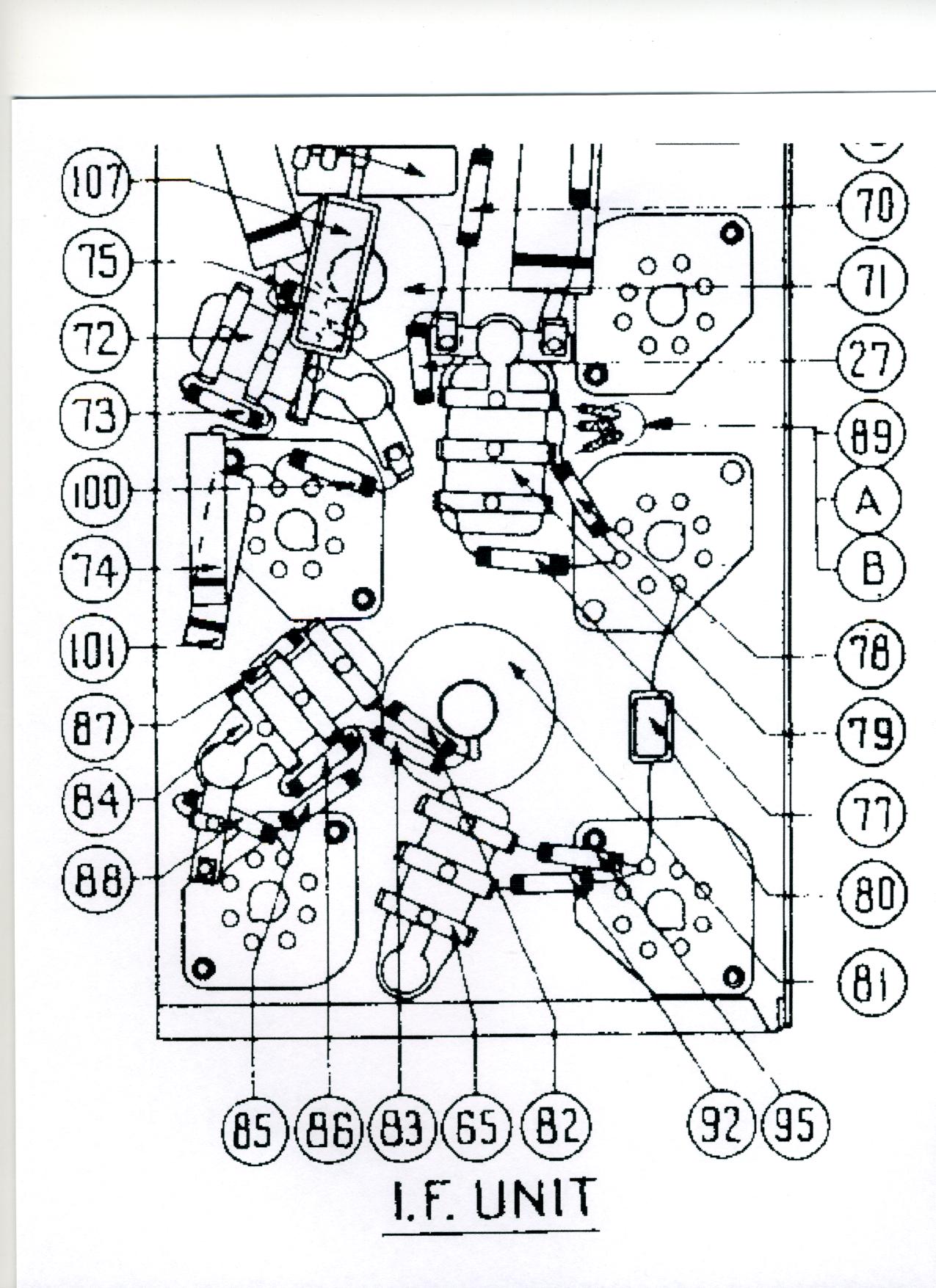10-27-2012, 11:48 AM
Glenn, or anyone fixing up one of these, I have a couple of notes. On the previous unit I rebuilt I skipped both of the Bakelite caps 84 and 72 as I would with any mica cap of low value (110mmf). In hundreds of radios, I think thet I have only had to go back and fix 3 or 4 mica caps, keeping in mind that I work on 1920s and 30s radios.
Well this time I needed to replace R-87 anyway it had gone from 1M to 2M so I pulled C84 (c84, c84a) apart, but tested it first. The good news is that it tested just fine, a bit higher than 110mmf and I ran it up to 400V without failing the leak test, The bad news is that it was still paper caps, not micas. At that point I had to change them anyway, but I went ahead and did C 72 as well.
So here is a question for all of you Philco experts: How is it that one of these 1937 vintage resistors can have a loose lead (moves a little in tube) but still tests fine - even while moving it and jerking it around. Yes I replaced it. But I was thinking it is one more thing to watch for, because, you know, just as soon as I put it back in the cabinet it will become intermittent.

Well this time I needed to replace R-87 anyway it had gone from 1M to 2M so I pulled C84 (c84, c84a) apart, but tested it first. The good news is that it tested just fine, a bit higher than 110mmf and I ran it up to 400V without failing the leak test, The bad news is that it was still paper caps, not micas. At that point I had to change them anyway, but I went ahead and did C 72 as well.
So here is a question for all of you Philco experts: How is it that one of these 1937 vintage resistors can have a loose lead (moves a little in tube) but still tests fine - even while moving it and jerking it around. Yes I replaced it. But I was thinking it is one more thing to watch for, because, you know, just as soon as I put it back in the cabinet it will become intermittent.



![[-] [-]](https://philcoradio.com/phorum/images/bootbb/collapse.png)


